The content of the article
In the modern world it is difficult to find a person who would not use perfume in everyday life. Many even have several bottles of fragrant water on the dressing table for almost all occasions: for work, for a walk, and even for an evening date. Eau de toilette is used by both men and women, and even children for whom cosmetic companies create special flavors.
But quite often a person is faced with the fact that for all the variety of perfumes he cannot find the combination of smells that would accurately reflect his personality. In this case, there is only one solution: create your own perfume!
Background
Of course, the reason that prompted you to take up, a kind of creativity, may be not only the lack of the desired combination of smells. The pricing policy assumes that when buying any product in the store, we pay extra for its packaging, for production costs, and for the labor of the people who made it ... Yes, we pay for a lot of things to get what we want.
Of course, perfume prices (especially brand ones) bite. Not everyone is happy with this, especially if the thought is already floating around the back of the mind that you can not buy what you want, but create it with your own hands, while achieving a more complete and voluminous result than the one in the factory bottle.
We are not talking about the fact that the first time you will be able to create truly magnificent perfumes, that there will be no mistakes and mistakes, but if you have the opportunity not to try, it will be somehow offensive.
Where to begin
To get started: customize yourself. In your head there should be no thought that the creation of perfume water is a matter exclusively for professionals with a subtle scent. Not at all, any person can become the creator of aromas if he clearly understands what he should be.
Next, you need to purchase the necessary materials. Here we are talking not only about extracts, but also about tools that are useful in the process. It is also necessary to familiarize yourself with basic knowledge. The basic law of perfumers is the presence of three main constituents in perfumes: “head”, “heart” and “base”. It is in this order that we will create our own unique fragrance with our own hands.
Tools and materials
As mentioned above, before the main work you need to prepare everything that will help you in creating your fragrance.
- The basis of any perfume is alcohol. It is important to remember that cheap alcohol (or vodka) will only spoil the aroma of future perfumery water. Take either pure alcohol or quality vodka. If you are afraid of a possible echo of a sharp alcoholic smell, then you can use olive oil or jojoba oil as a basis - they do not have a pronounced aroma.
- Pure water. In the most literal sense - pure! Either distilled or key, since any tap admixture can give an unexpected (not always pleasant) aroma.
- Glycerol. Just a little to give the fragrance stability.
- Natural whole or ground coffee beans. Firstly, they interrupt any aroma, of which you will hear inadvertently in your work, and so that they do not mix in your nose, you need a rather pungent smell that will “weaken” them. Secondly, coffee is a good filtrate, screening out unnecessary grains of aroma from the overall picture.
- Essential oils that are sold in any pharmacy. They should be selected taking into account the smell that you ultimately want to receive.
- Be sure to have at hand a pen and notebook for notes, where you will record each stage of your work and the sequence of adding ingredients.This will correct possible errors or repeat the whole process if satisfied with the result.
- A few common pipettes. Using them, you will measure the required number of drops of oil at different stages of work. A few - so as not to flush the tool every time from a particular smell.
- Paper strips, like testers in perfume and cosmetics stores. Both a notebook sheet and a landscape one are quite suitable. They are needed for applying and storing received samples on them.
- Several bottles of opaque glass or ceramics with a lid tight to the neck for storing perfumes.
Now that you have all the materials at hand, you can begin to create your own beautiful perfumes.
Process - Theory
We recall the rule of three components: “head”, “heart” and “base”. Since you are a beginner perfumer, we recommend using three essential oils in the well-known proportion of 1: 2: 3 (1 drop for the “head”, 2 for the “heart”, 3 for the “base”) for the first experience. Of course, dozens of components are mixed in the toilet water on the shelves of perfume shops, but three will be enough for the basics.
It is worth noting that for each component there is a certain list of suitable aromas (aroma table), which can be found in the public domain on the Internet. Before you start combining aromas, we recommend that you familiarize yourself with such tables.
- "Head" - The most volatile essential oils, the aroma of which disappears 5-30 minutes after applying perfume to the skin. Here you can use oils of citrus, peppermint, bergamot, verbena.
- "Heart" - accordingly, less volatile oils, the smell of which disappears within 12-24 hours. Because of this time difference, you can often feel that by the evening the aroma soaring around you has changed significantly. These include: pretty odorous flowers (geranium, lavender, sage, thyme).
- "Base" - the most stable oils, the smell of which remains a stupefying aftertaste after the disappearance of the "heart". You can take: vanilla, rose, oriental spices, myrrh.
The process is practice
- We take the very strips of paper that we cut in advance, and use a pipette (preferably for each flavor separately) to apply one drop of essential oil to them. For convenience, mark the strips with a simple pencil - it does not smell, unlike pens.
- Sort as many possible combinations of different smells as possible for the "heart" (it is created first of all), bringing pieces of paper 1-2 to the nose (be sure to interrupt the aromas of coffee). After the selected combination of aromas suits you completely, proceed to consolidate it at the base.
- First, calculate the required amount: 3 parts of essential oils to 7 parts of the base. Since we have 6 drops of essential oil in 3 parts, therefore, 14 drops are needed for the base. From this proportion a very small amount of the finished product will be obtained, but it will work for a sampler. Further, using the same proportion, you can prepare a larger bottle.
- Next, mix the selected essential oils (1: 2: 3) and add them to the substance selected for the base (alcohol or oil in the proportion specified in clause 3), and knead until smooth. We leave in a dark cool place to stand for a couple of days (do not use the refrigerator!).
- Then we add water to the present mixture (for 40 ml of the base - 1 tablespoon) and a couple of drops of glycerin, mix and set aside again for a couple of days.
- Everything, your perfume is ready! Do not forget that they should be stored in a closed dark container: this way the smell will not disappear.
Making perfumes with your own hands is a very exciting process. After the first successful experiment, you will want to repeat your own success, and you will be happy to discover more and more new and unusual combinations of aromas.
In addition, such a hobby can have practical value.In addition to the money saved and, we will not be afraid of the word, an exclusive aroma, you can delight your loved ones with original gifts for various holidays, choosing aromas in accordance with their tastes and wishes.
Create, because not only professionals are given a subtle sense of beauty!
Video: how to make solid perfume

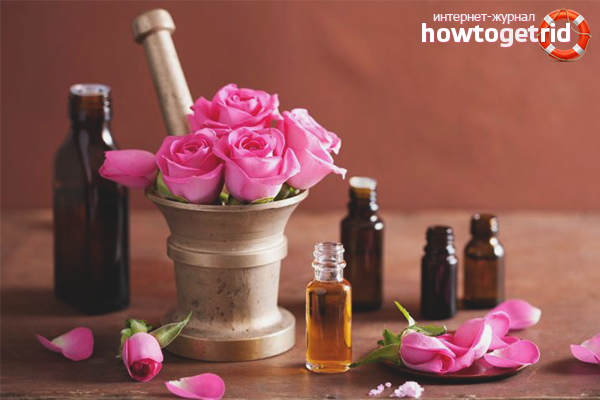

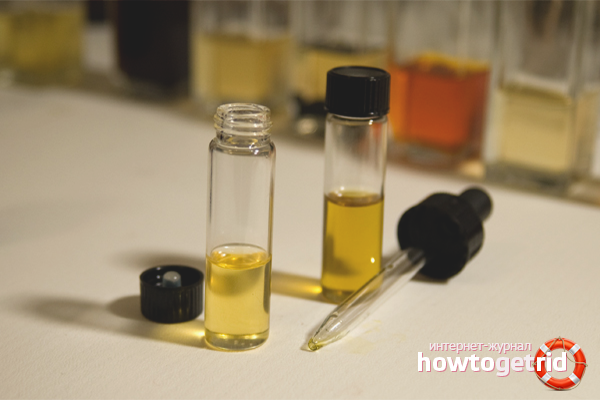

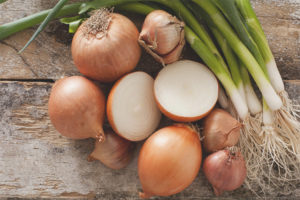
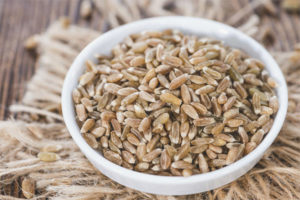
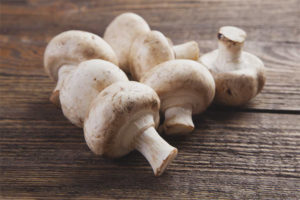
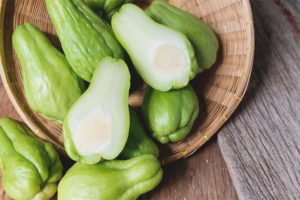
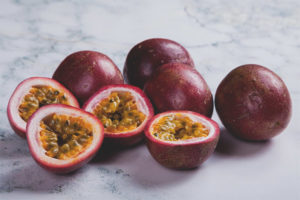
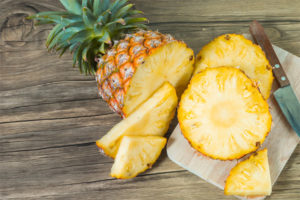
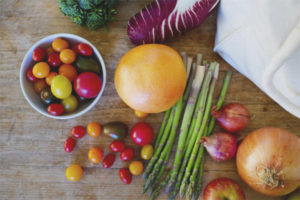
Submit